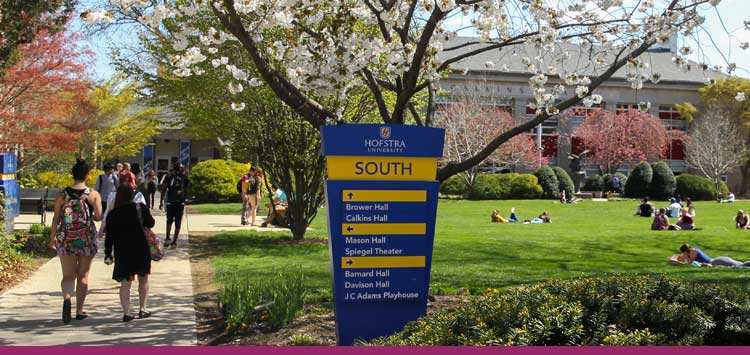
CRITERIA FOR SPECIAL TEACHING LEAVES
Purpose: The Special Teaching Leave will provide faculty members time away from regular responsibilities to develop ideas and methods related, in any way, to the enhancement of teaching excellence. Recognizing the tremendous breadth of insight, innovation, and research that may be stimulated during a Teaching Leave, there is no attempt to limit application to any particular set of topics or fields. Faculty may, for example, use the time to investigate larger pedagogical theories, devise instructional methods, or study problems and crises in education.
Eligibility: Members of the instructional staff with five years of continuous full-time service at Hofstra University shall be eligible (see FPS #22).
Procedures: The application for a Special Teaching Leave consists of two parts: (a) a proposal, and (b) supporting materials. Both parts shall be submitted through the applicant's Departmental Chair in accordance with the timetable distributed by the Provost’s Office.
Proposal: Applicants should submit a detailed project proposal that should include (a) objectives and goals, (b) methodology, (c) time frame, (d) anticipated outcomes, (e) previous or current related work, and (f) assessment of the project’s importance. Since the committee that reviews the proposals (i.e., Faculty Affairs Committee of the Senate) consists of faculty from diverse constituencies, applicants are urged to make their proposals as explicit as possible. In addition, if they are proposing a joint project, applicants need to specify their particular involvement in the project.
Supporting Materials should include a curriculum vita, course and teacher evaluations, peer evaluations, and other evidence demonstrating commitment to good teaching.
Proposals will be judged on intrinsic and extrinsic criteria, including (a) quality of the proposal, (b) teaching relevance, (c) generalizability, (d) evidence of good teaching, (e) likelihood of completion, (f) whether any progress has already been made, (g) potential utilization and dissemination, and (h) length, amount, and quality of service at the University.